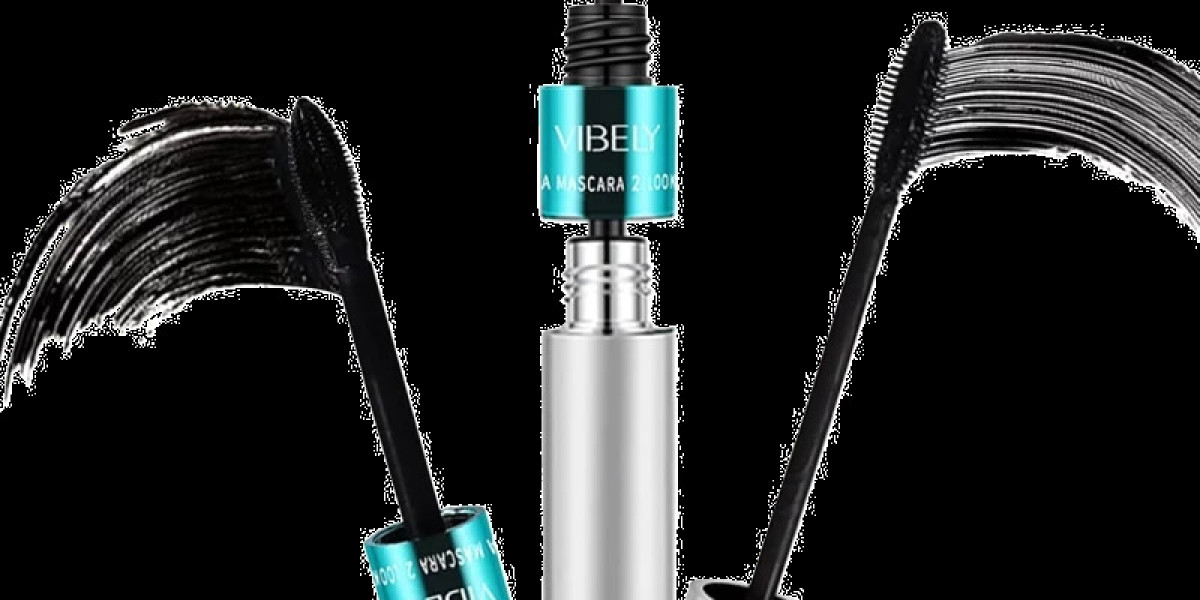Dental extractions are a common dental procedure where a tooth is removed from its socket in the bone. While preserving natural teeth is always the priority, Dental Extractions become necessary in cases of severe decay, infection, crowding, or trauma. Understanding the process, types, aftercare, and potential complications can help patients feel more at ease when facing this procedure.
Reasons for Dental Extractions
There are several reasons why a dentist may recommend tooth extraction:
Severe Tooth Decay or Infection – When a tooth is extensively decayed or infected (abscessed) and cannot be saved with a root canal or filling, extraction may be the only option.
Periodontal (Gum) Disease – Advanced gum disease can loosen teeth, making extraction necessary.
Impacted Teeth – Wisdom teeth often become impacted (trapped in the jawbone or gums) and require removal to prevent pain, infection, or misalignment.
Overcrowding – Before orthodontic treatment, some teeth may need to be extracted to create space for proper alignment.
Fractured or Broken Teeth – If a tooth is severely damaged beyond repair, extraction may be required.
Risk of Infection – Patients undergoing chemotherapy or organ transplants may need compromised teeth removed to prevent infections.
Types of Dental Extractions
There are two main types of extractions:
1. Simple Extraction
Performed on visible teeth that are easily accessible.
The dentist loosens the tooth with an elevator and removes it with forceps.
Done under local anesthesia.
Common for severely decayed or loose teeth.
2. Surgical Extraction
Required for teeth that are not easily accessible, such as impacted wisdom teeth or broken teeth below the gumline.
Involves making a small incision in the gum and sometimes removing bone around the tooth.
May require sedation or general anesthesia.
Often performed by oral surgeons.
The Dental Extraction Process
Before the Procedure
The dentist reviews medical history and takes X-rays to assess the tooth’s position.
Local anesthesia is administered to numb the area. For surgical extractions, sedation options may be discussed.
During the Procedure
For a simple extraction, the dentist loosens and removes the tooth with forceps.
For a surgical extraction, an incision is made, and the tooth may be sectioned before removal.
The procedure typically takes 20-40 minutes, depending on complexity.
After the Procedure
Gauze is placed over the extraction site to control bleeding.
Stitches may be used for surgical extractions (some dissolve on their own).
The dentist provides aftercare instructions to promote healing.
Recovery and Aftercare
Proper aftercare is crucial to prevent complications like dry socket or infection.
Immediate Post-Extraction Care (First 24 Hours)
Bite on gauze for 30-45 minutes to stop bleeding.
Avoid rinsing or spitting forcefully to prevent dislodging the blood clot.
Apply ice packs to reduce swelling.
Take prescribed painkillers or anti-inflammatory medications as directed.
Eat soft foods (yogurt, mashed potatoes, soup) and avoid hot liquids.
Long-Term Care (First Week)
Gently rinse with warm salt water (after 24 hours) to keep the area clean.
Avoid smoking and alcohol, as they delay healing.
Do not use straws, as suction can dislodge the blood clot.
Stick to soft foods and gradually reintroduce solid foods as healing progresses.
Avoid strenuous activity for at least 48 hours.
Potential Complications
While dental extractions are generally safe, some complications may arise:
Dry Socket (Alveolar Osteitis) – Occurs when the blood clot dissolves or dislodges, exposing bone and nerves. Causes severe pain and requires dental treatment.
Infection – Signs include fever, pus, and increased swelling. Antibiotics may be needed.
Excessive Bleeding – If bleeding persists beyond a few hours, contact your dentist.
Nerve Damage – Rare but possible in lower jaw extractions, leading to numbness or tingling.
Sinius Complications – Upper tooth extractions near sinuses may sometimes cause sinus communication.
Alternatives to Extractions
Whenever possible, dentists try to save teeth with:
Root canal therapy for infected teeth.
Dental crowns for weakened but salvageable teeth.
Periodontal treatment for gum disease-related looseness.
However, if extraction is unavoidable, replacement options include:
Dental implants (most natural-looking and durable).
Bridges (fixed prosthetic replacing missing teeth).
Dentures (removable option for multiple missing teeth).
Conclusion
Dental extractions, though sometimes unavoidable, are a routine procedure with high success rates when performed by a skilled dentist. Understanding the reasons, types, and aftercare helps ensure a smooth recovery. If you experience severe pain, prolonged bleeding, or signs of infection post-extraction, seek immediate dental care. With proper care, most patients heal quickly and can explore tooth replacement options to restore function and aesthetics.








